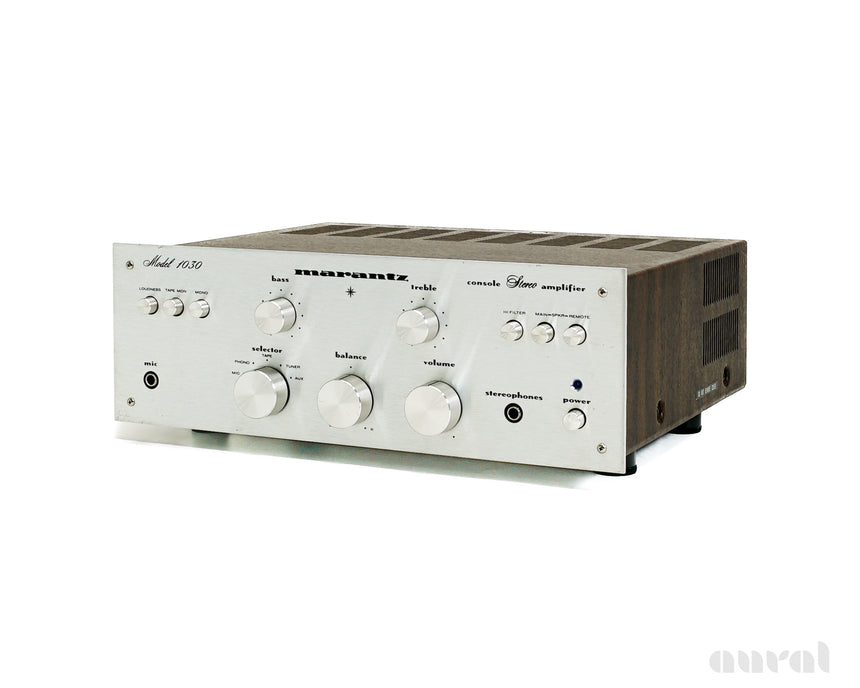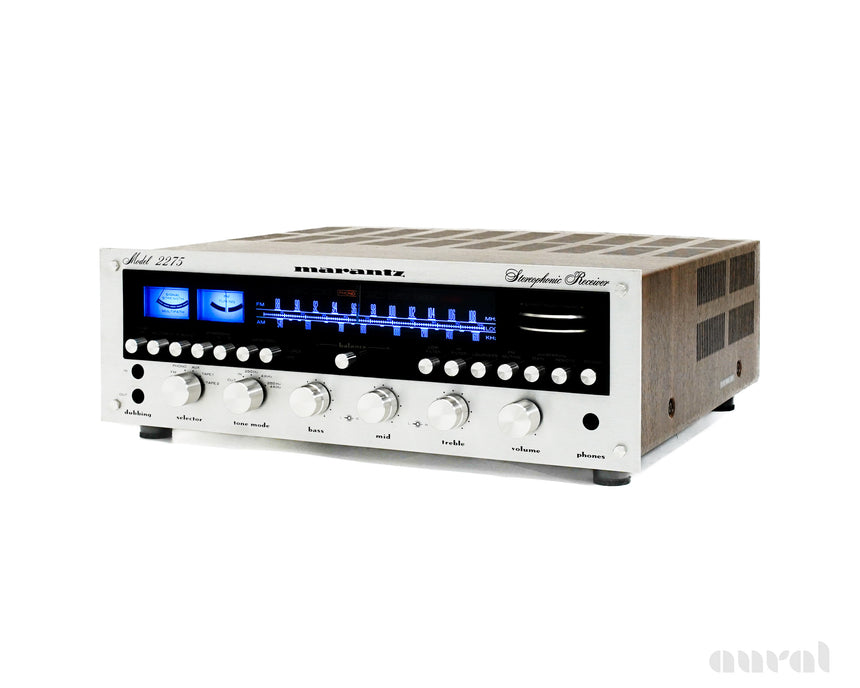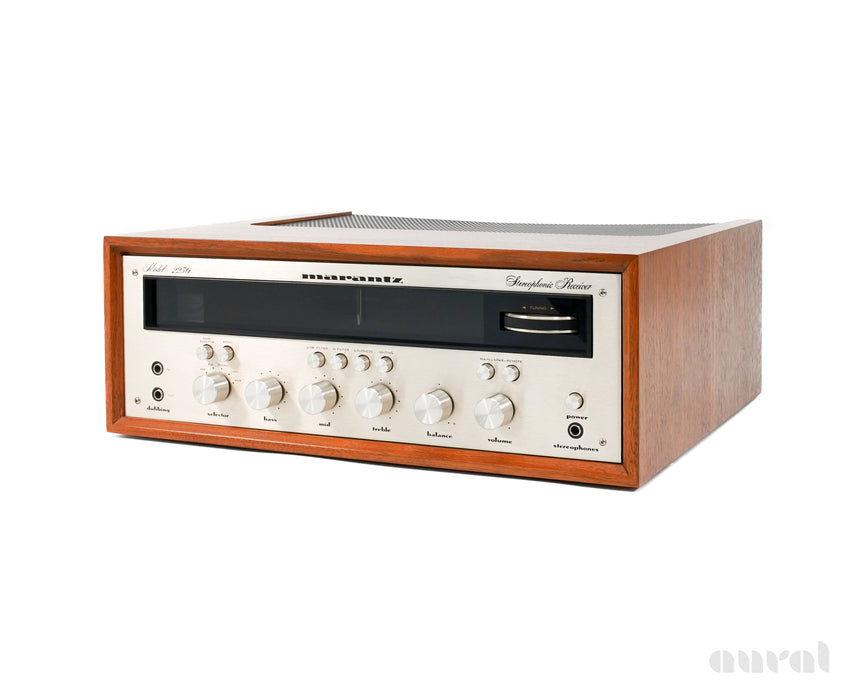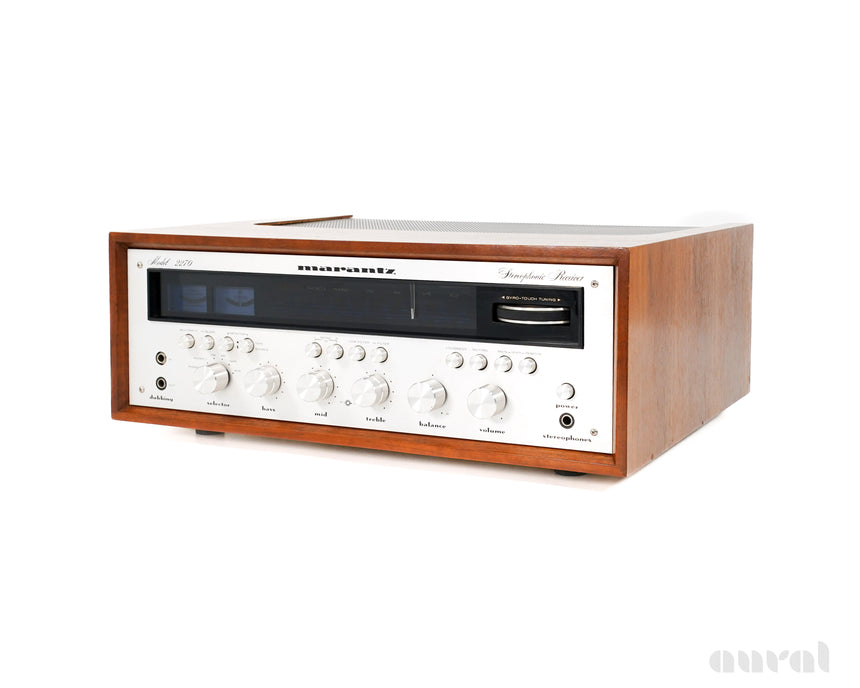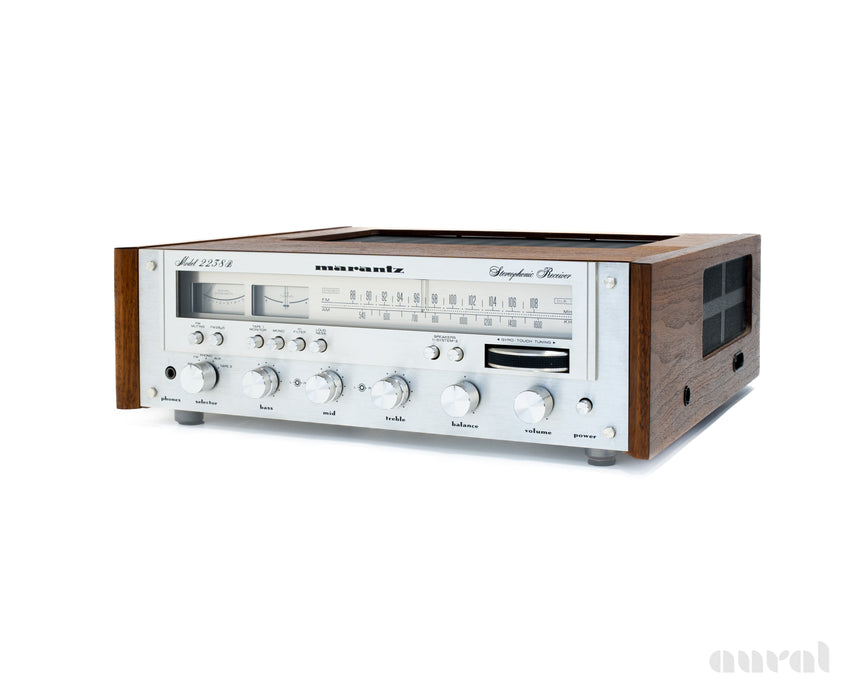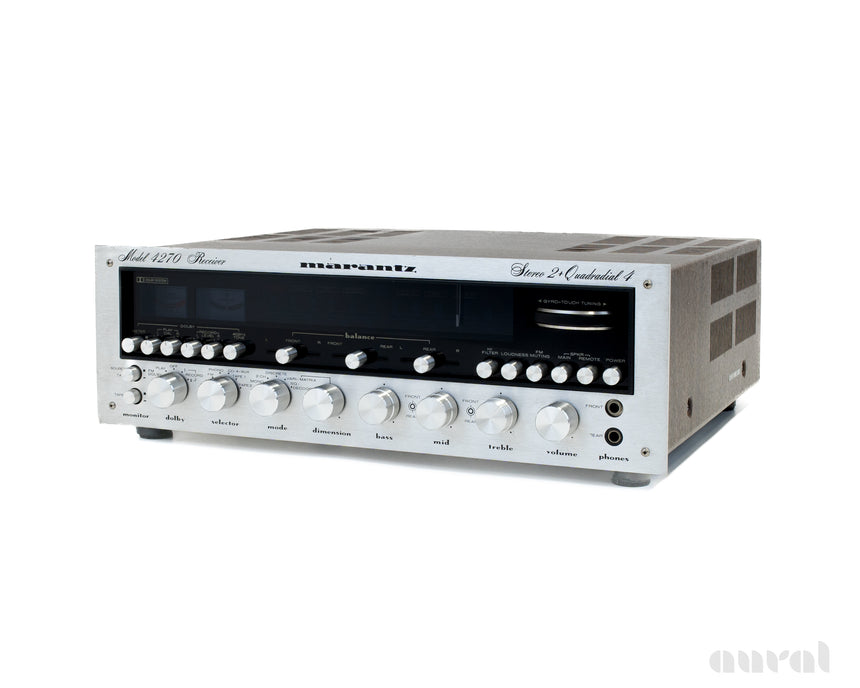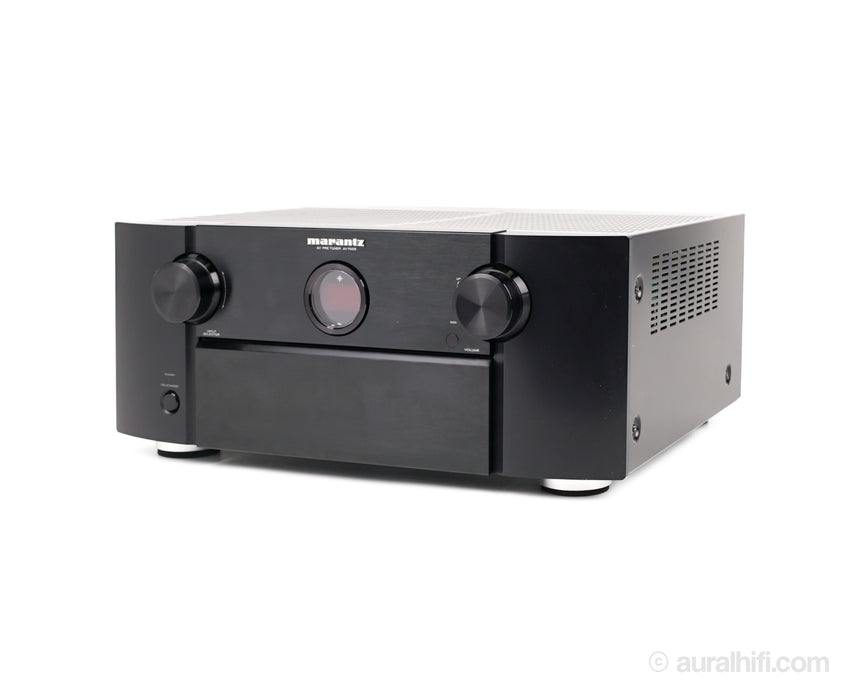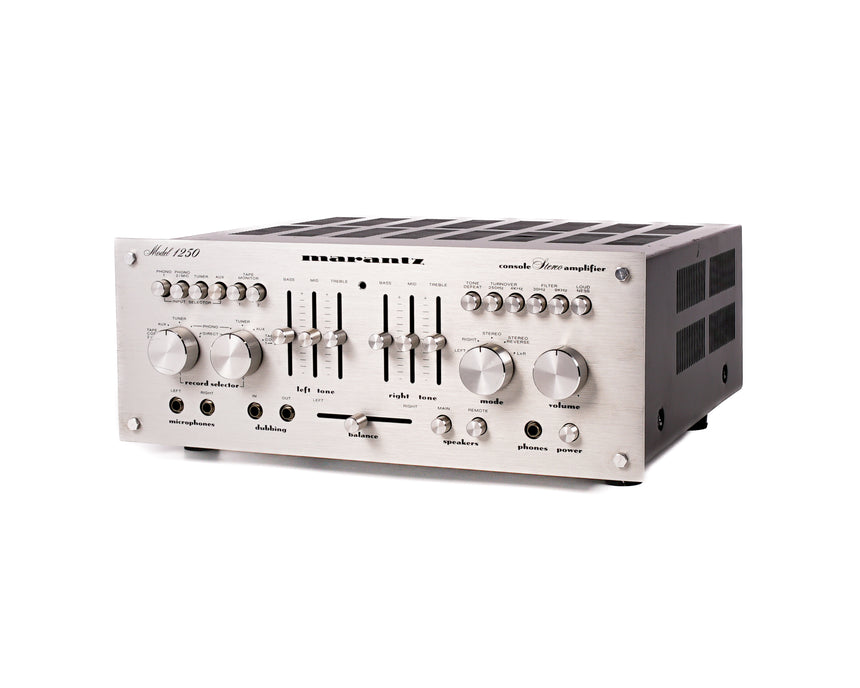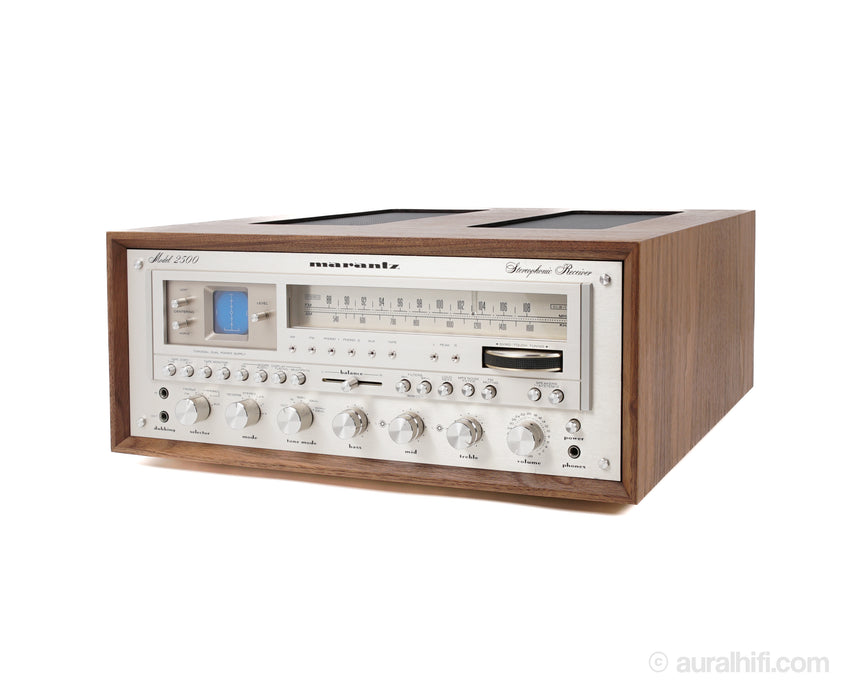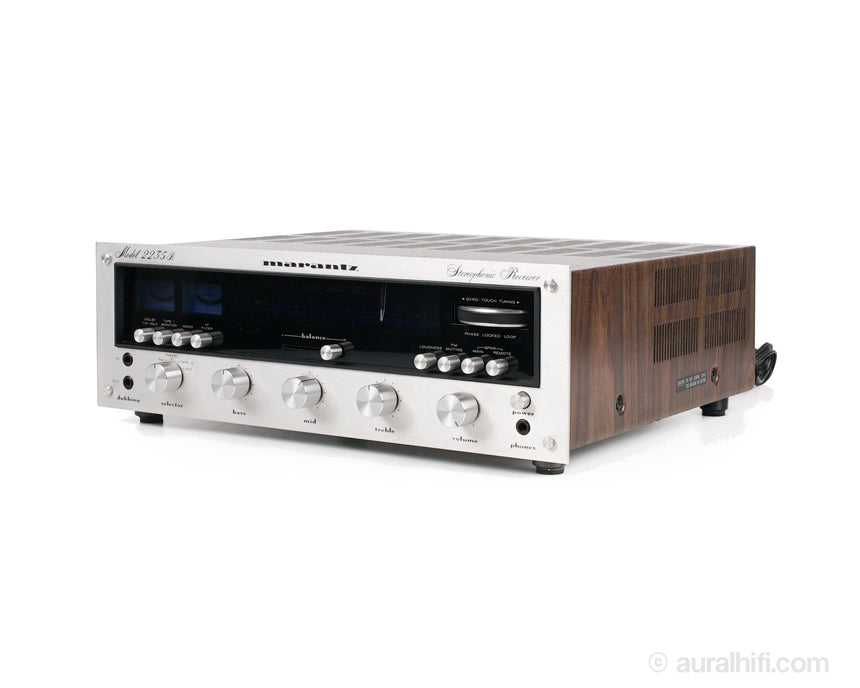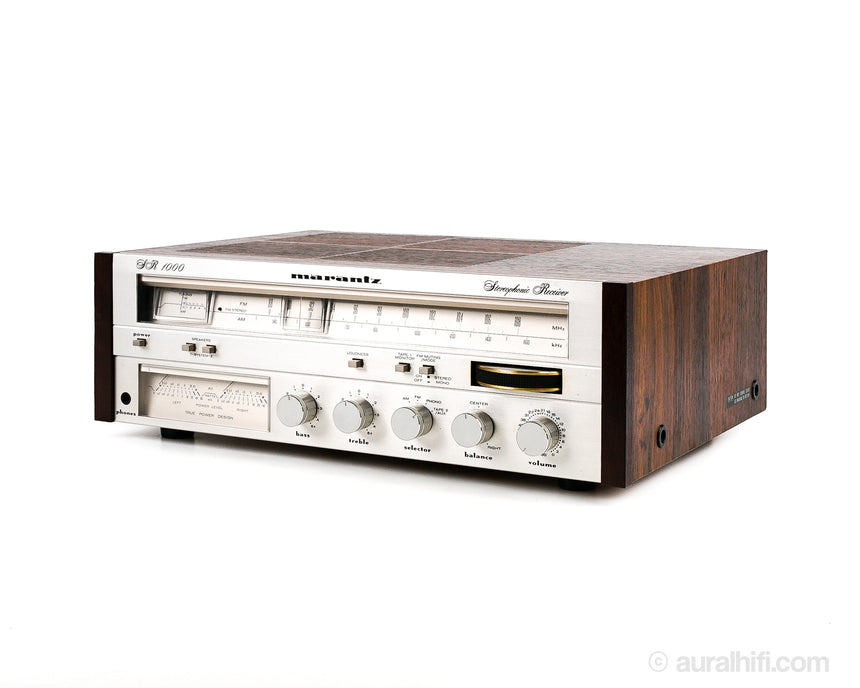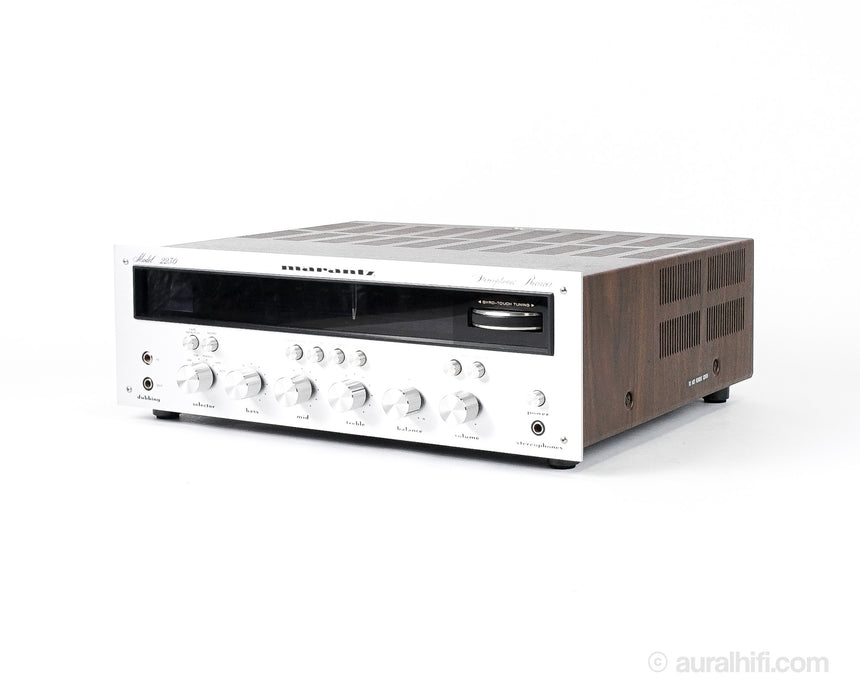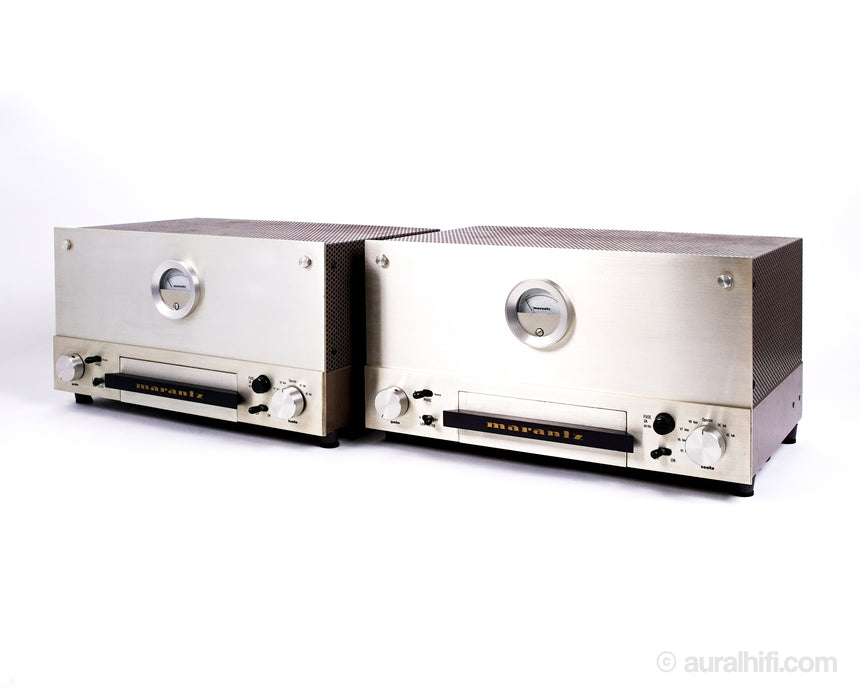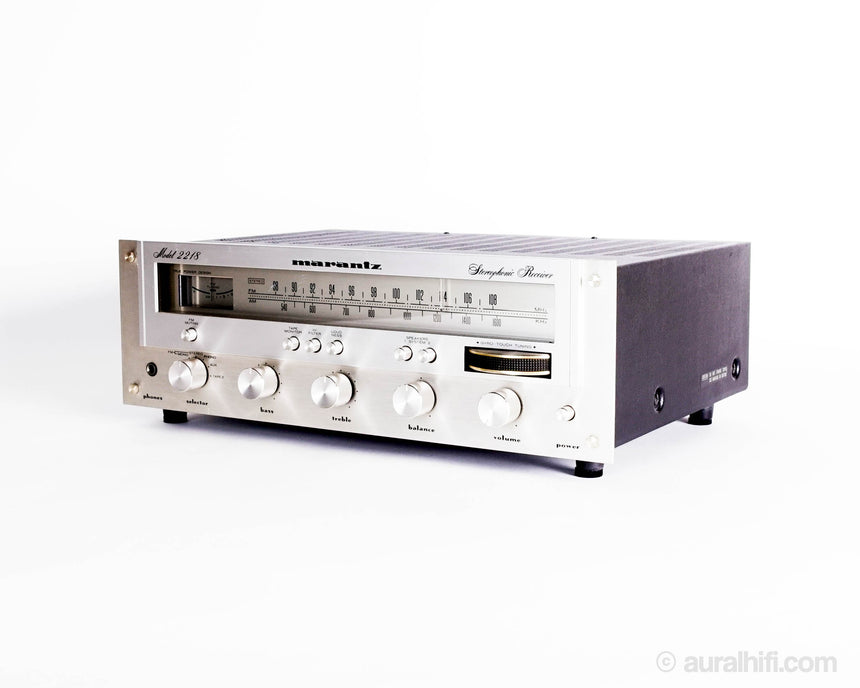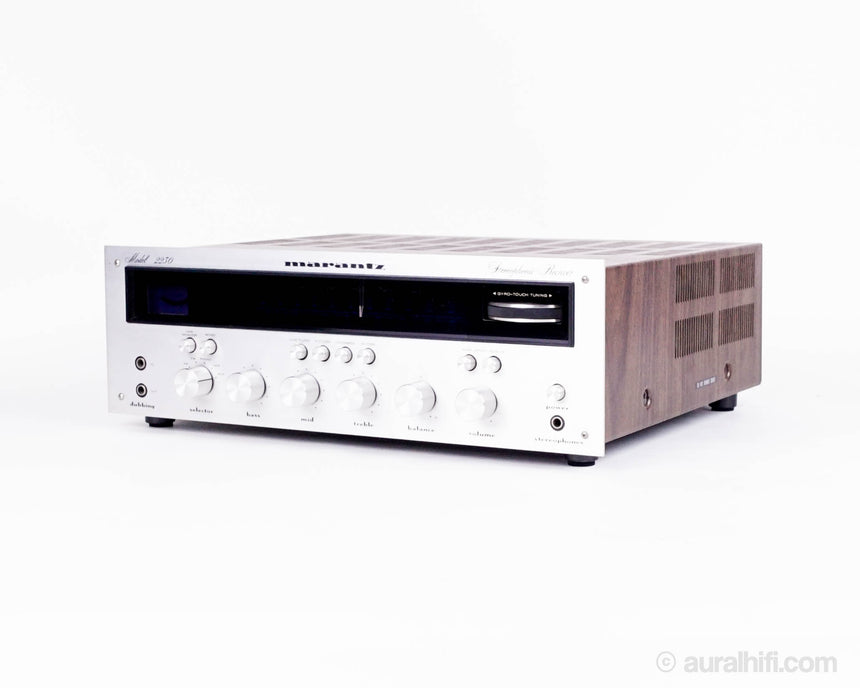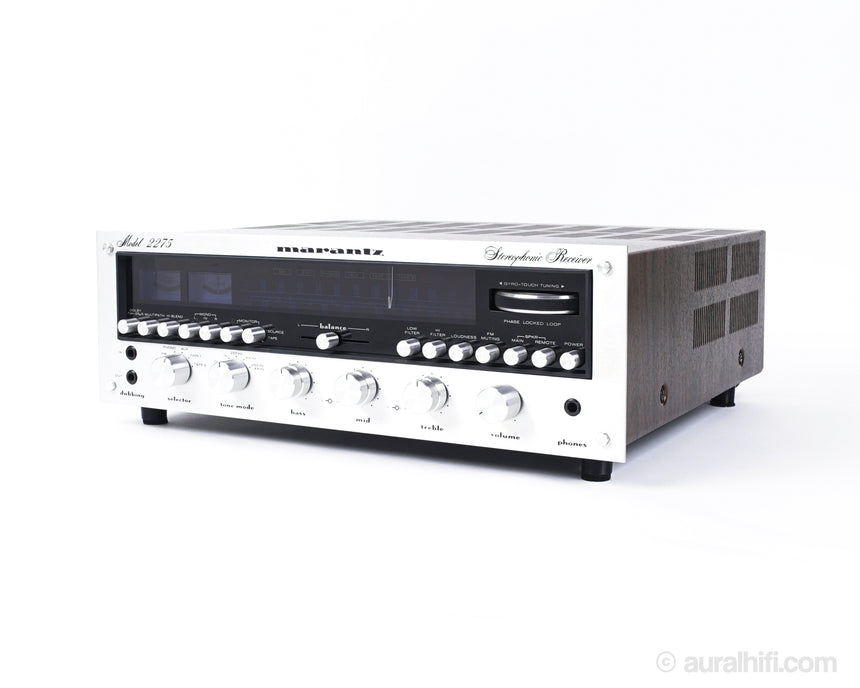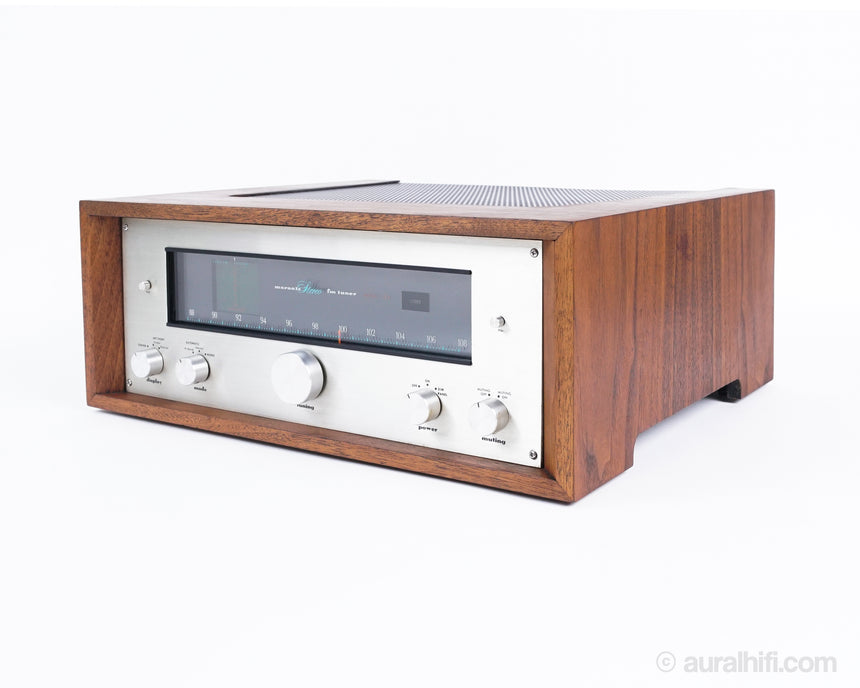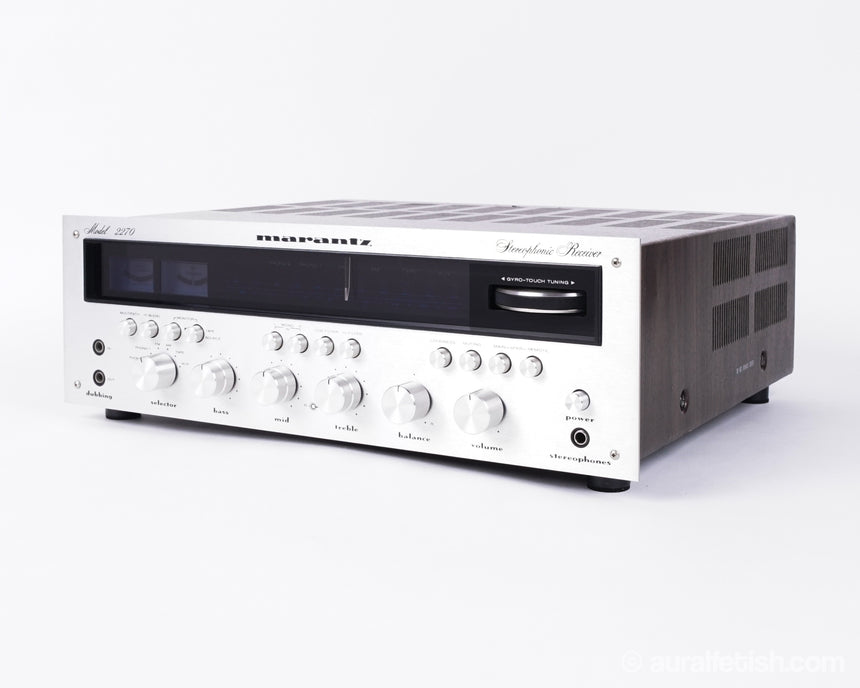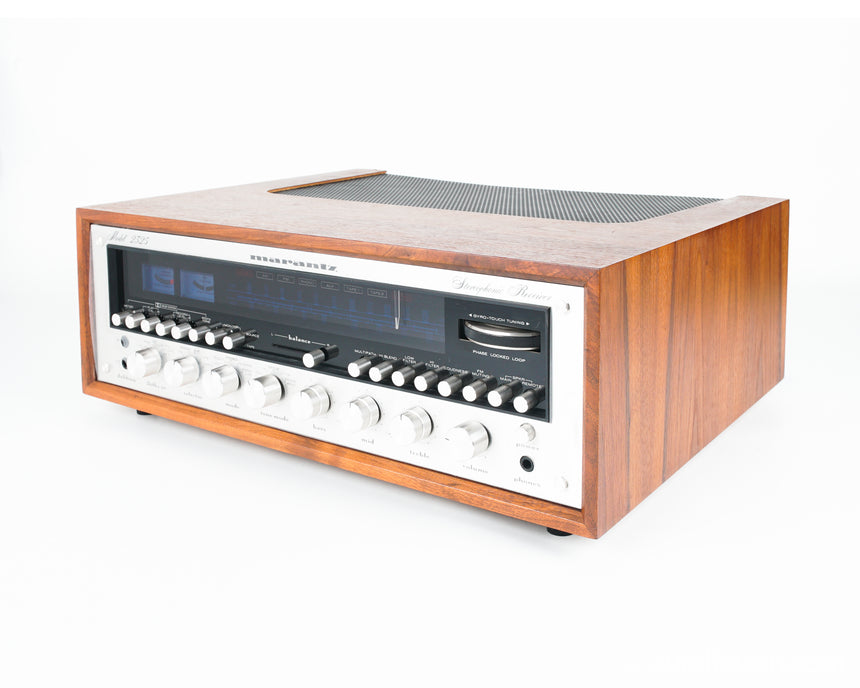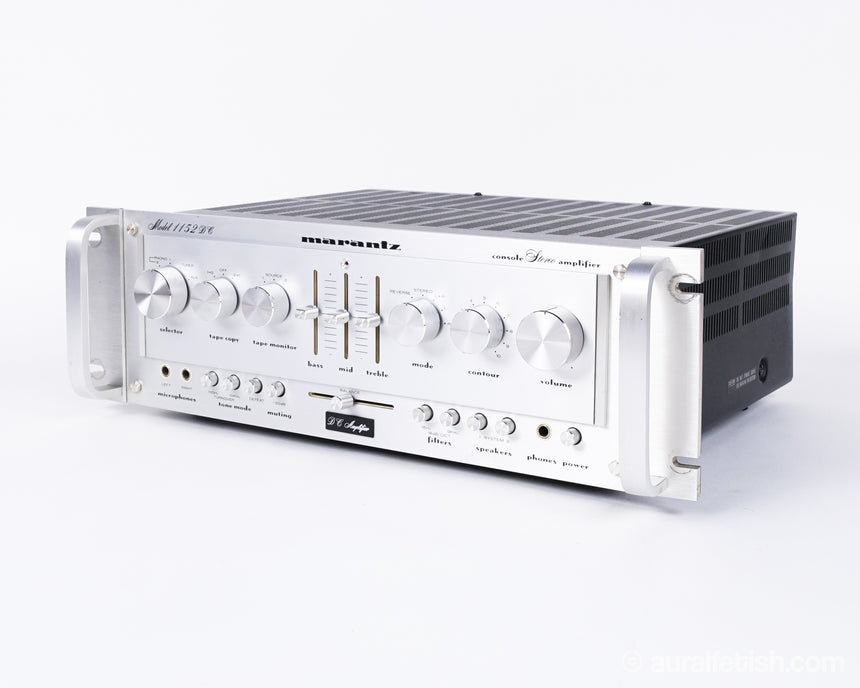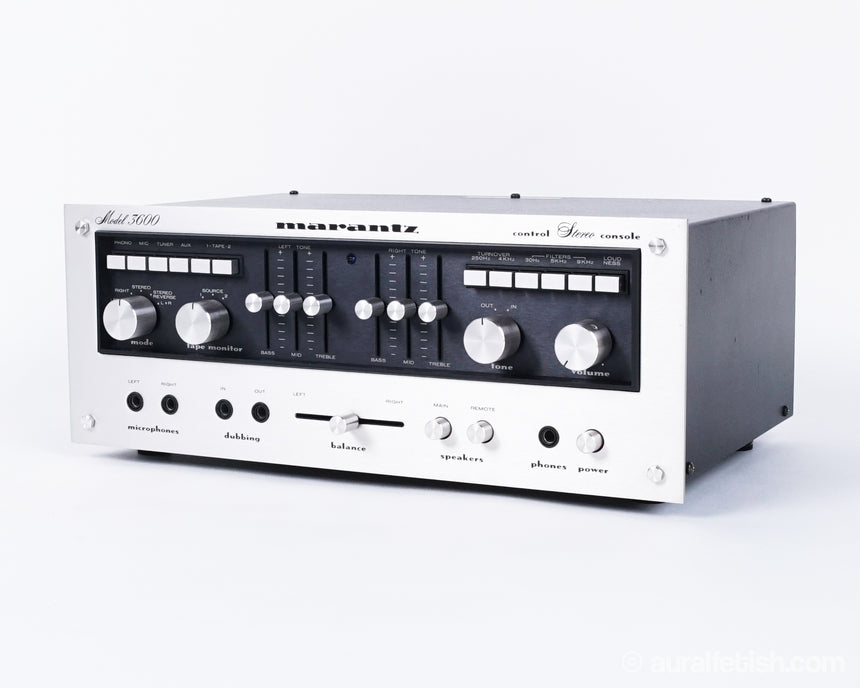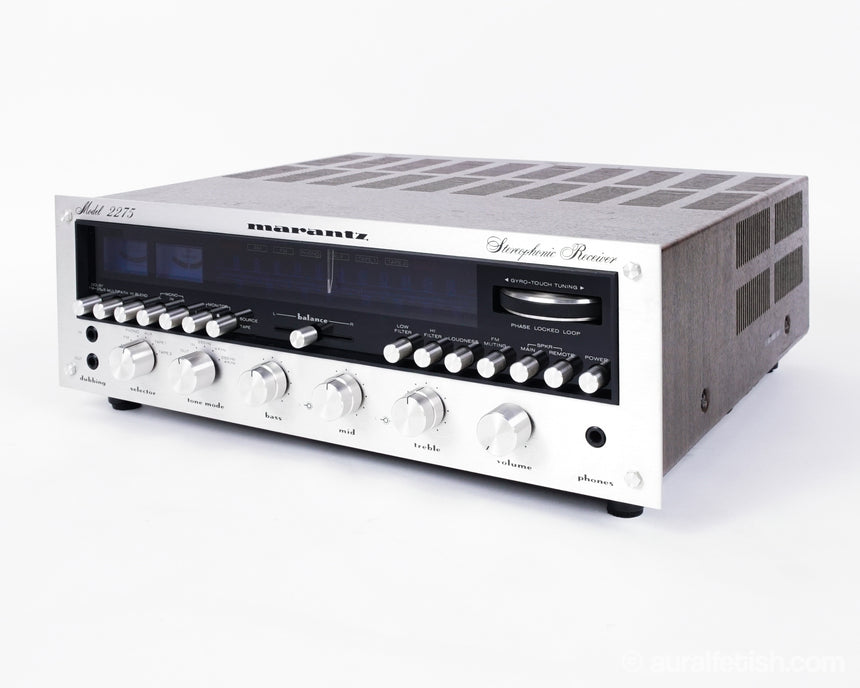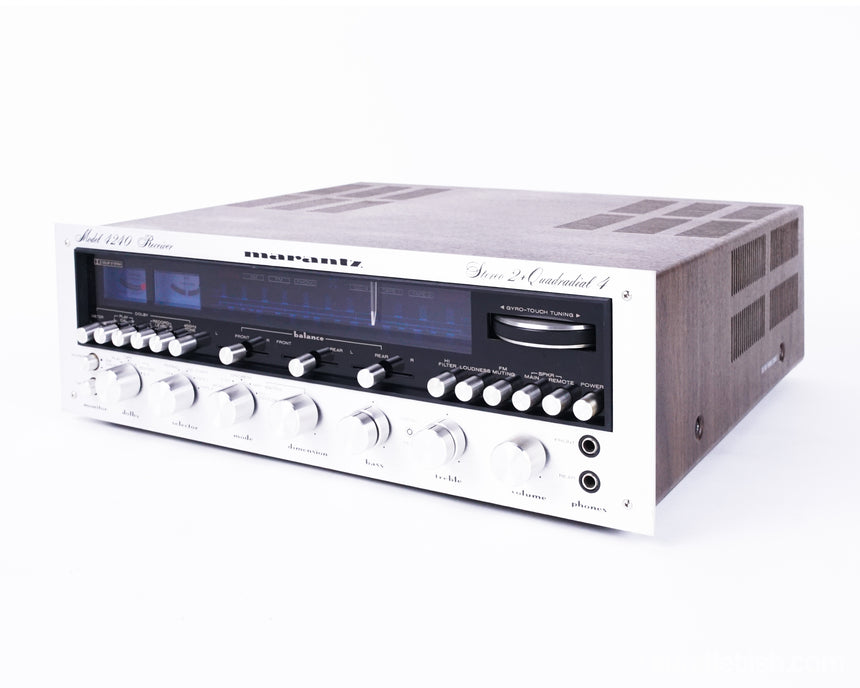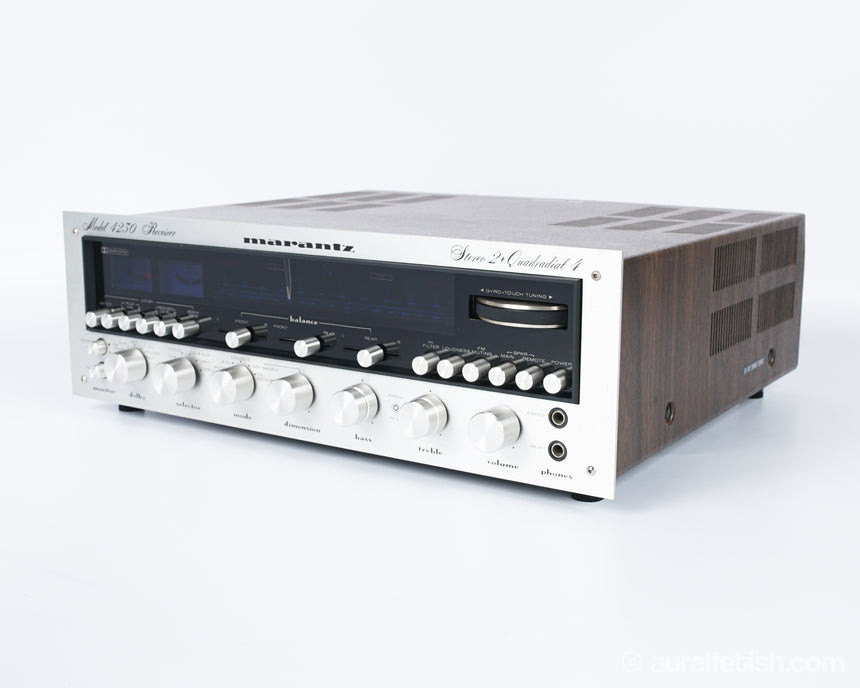THE HISTORY OF MARANTZ

More than any other person, Saul Marantz defined premium home entertainment. Driven by his passion for music and his accomplishments as a classical guitarist – accomplishments that led to a close friendship with Andres Segovia – he was never satisfied with the “hi fi” equipment of his day. So he built better; first in his basement, later in a factory. His talent for industrial design and his ability to infuse talented engineers like Sidney Smith and others with his vision resulted in legendary products: The Model 7 preamplifier. The Model 8 and, soon after, the 8B power amplifier. And insured that his company would remain a premiere name in the industry he helped establish.
In the 1960’s Marantz made multiple significant moves. NASA found the Model 9 stable enough to be used in tracking stations around the world as part of the famous Apollo space program. Marantz also decided to relocate to California within this decade. Most notably, in 1964, Marantz was acquired by Superscope.
Fueled by financial backing, innovative product development and additional production facilities in Japan, Marantz experienced excessive growth and expansion in the 1970’s. It was also the decade of the famous “2200” receiver, which turned out to become the most successful receiver line in consumer electronics history.
To Marantz, perfect specifications and technical accomplishment count for nothing unless a product can unlock the power, the excitement, and the emotion of music. Their heritage of technical excellence means they can create components with the ability to communicate the scale, timbre, pitch, and dynamics—in fact, the very essence—of a recording. Every Marantz component is technically and cosmetically designed to complement the lifestyle of the listener.

